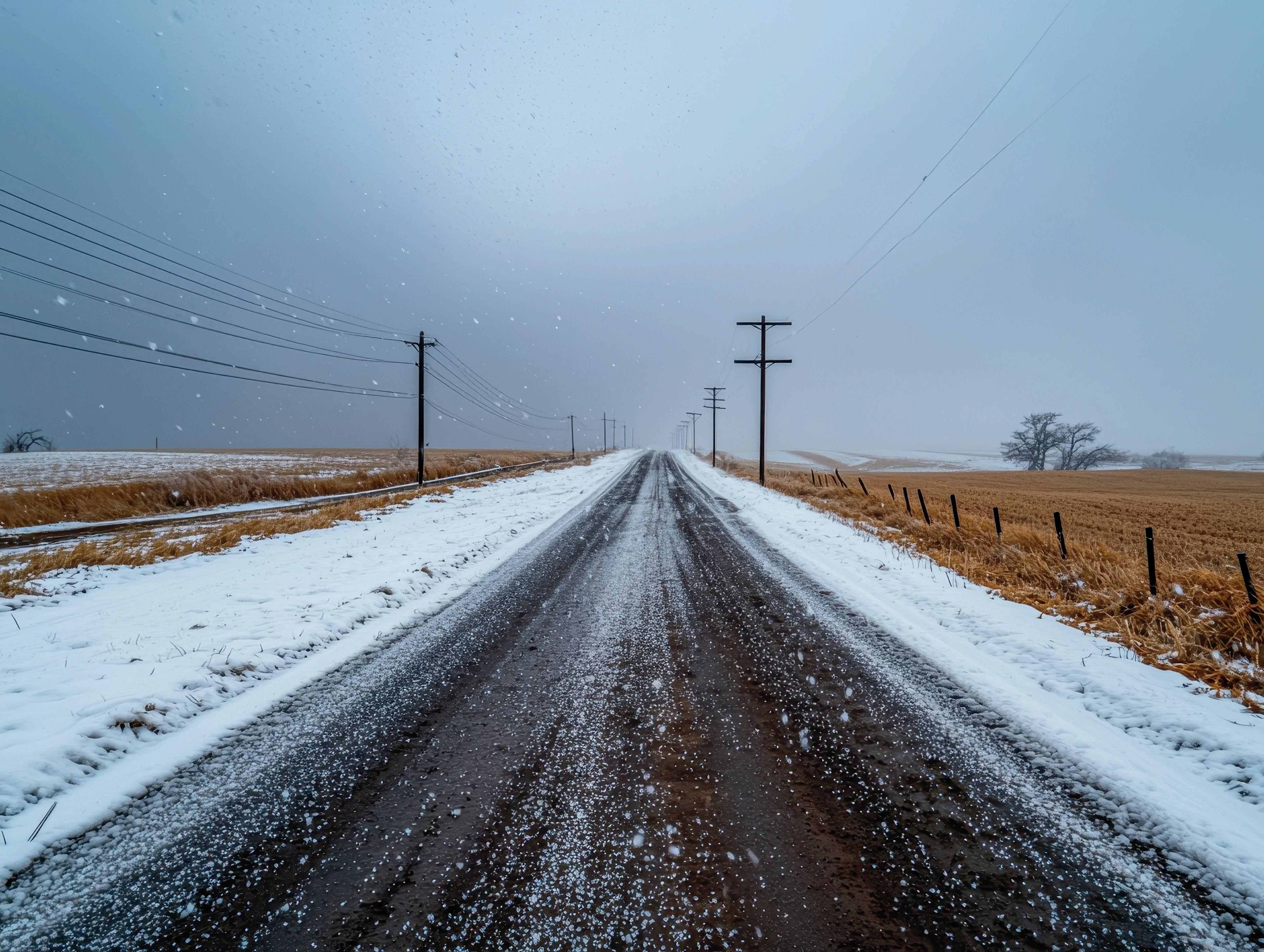
3 minute read
ELECTRICAL SAFETY
By Josh Filler, Vice President & Chief Operating Officer - Electric Operations
This edition of the Times, I would like to emphasize what it takes to keep our linemen and members safe near power lines. Overhead distribution power lines are not insulated and carry enough energy to cause severe injury or death. Secondary services are insulated but can still have locations in a service line with exposed and energized conductors. Contact with overhead power lines is a leading cause of electrical-related fatalities. Before beginning work in any area, it is vital to become familiar with the location of all power lines and take steps to ensure your safety.
LINEMAN SAFETY
Have you ever wondered why linemen wear layers of clothing and equipment? Each layer makes up a lineman’s personal protective equipment (PPE). Part of it is to make them more visible to the public, but it is mainly to protect them from electrical dangers, falls and other hazards. The image to the left of this article shows how much it costs to keep our linemen safe when working on the system.
MOVE OVER, SLOW DOWN
Remember to be mindful when you are driving. Vehiclerelated accidents are a major hazard for our crews working on and around the power lines. Slow down and be vigilant in construction zones so everyone can go home safely. Not only is it a courtesy, it is the law.
SAFETY GUIDELINES
The federal Occupational Safety and Health Administration (OSHA) and most states require minimum distances when working near power lines. OSHA regulations call for a distance of at least 10 feet from all power lines, while some state regulations require distances up to 25 feet. Follow these safety guidelines when working near power lines.
• If you see a downed power line, call 911 immediately.
• Never climb power poles or other electrical equipment.
• Do not attempt to remove objects tangled in power lines.
• Maintain a distance of at least 10 feet.
• Call OHIO811 before digging.
• Keep all equipment away from power lines.
• Familiarize yourself with local and state laws.
FARMING & CONSTRUCTION
The equipment used in farming and construction continues to get bigger each year. This presents new challenges when harvesting or driving under power lines that cut across fields or job sites. Be aware of clearances before driving large equipment under power lines, and if you are concerned about the clearances, call us to verify heights.
LADDERS & SCAFFOLDING
Aluminum and non-metallic fiberglass ladders can conduct electricity when dirty or wet. When working with a ladder, keep it at least 10 feet away from power lines. When carrying a ladder, keep it level with the ground to avoid hitting a power line.
Construction workers using a scaffolding set must follow the National Institute for Occupational Safety and Health (NIOSH) guidelines for minimum clearances between scaffolding sets and power lines—three feet for power lines less than 300 volts and 10 feet for those with 300 volts or more.
A worker should be appointed to ensure the clearance is being maintained. If minimum clearance cannot be maintained, NIOSH recommends contacting your utility company to de-energize the power lines or provide adequate insulation before beginning work.
UNDERGROUND POWER LINES
Underground power lines pose the same hazards as overhead lines. Ohio requires you to call OHIO811 at least 48 working hours before excavating, boring, pile driving, blasting or hand digging so that the underground utility lines can be located and marked.
Once marked, use appropriate equipment to maintain the required clearance from the power lines — place barricades and warning devices around excavations with exposed cables or pipes. Never try to repair damaged cables or lines.










